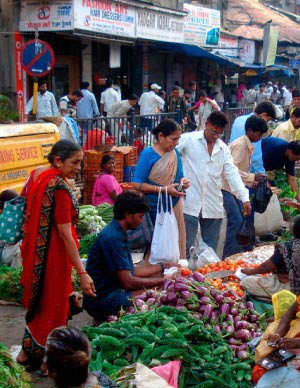MILESTONEINDIA
By Kim Iskyan
On the first day of 2013, the Indian government formally launched a program to distribute subsidy benefits and social welfare payments directly to the bank accounts of recipients.
 |
| Photo Credits: PAWEL PIETRASZEWSKI/ Shutterstock.com |
Once the program is fully implemented, it will include hundreds of millions of India’s poor. The rollout of the Direct Benefit Transfer will be slow, and the ruling Congress-led government faces criticism that it has played politics with the program. Once fully deployed, though, DBT has the scope to be a game-changer for the Indian economy by reducing corruption and poverty.
Distributing money via bank transfers hardly sounds revolutionary. But under the subsidy distribution system that the DBT will replace, transaction costs, corruption, wastage and other inefficiencies consume as much as 90% of the initial payment. Dramatically increasing the proportion of the subsidy that reaches the intended recipient should substantially bolster poverty-reduction efforts and also help the country’s fiscal position, as hikes in benefits to compensate for wastage will be reduced. The DBT is closely linked to the Indian government’s Unique Identification (UID) project, which aims to assign every Indian a unique identification number, using retinal and fingerprint scans, to distinguish the country’s 1.2 billion citizens.
During its three years of operation, the UID project—participation in which is a prerequisite to being part of the DBT scheme—has enrolled roughly 20% of the population, approximately 250 million people. The DBT scheme faces numerous hurdles. Only a third of the population has a bank account, and a mere 6% of India’s 600,000 villages have a bank branch. This means that many of the potential beneficiaries of the program in the poorest rural areas face significant logistical challenges in order to participate. Wireless connectivity in much of the country, moreover, is slow and unreliable, and banks aren’t yet up to the challenge of managing the enormous flood of transactions resulting from the program. Also, the ruling Congress party, which faces a difficult election next year, has been hit with accusations of populism in its execution of the program.



